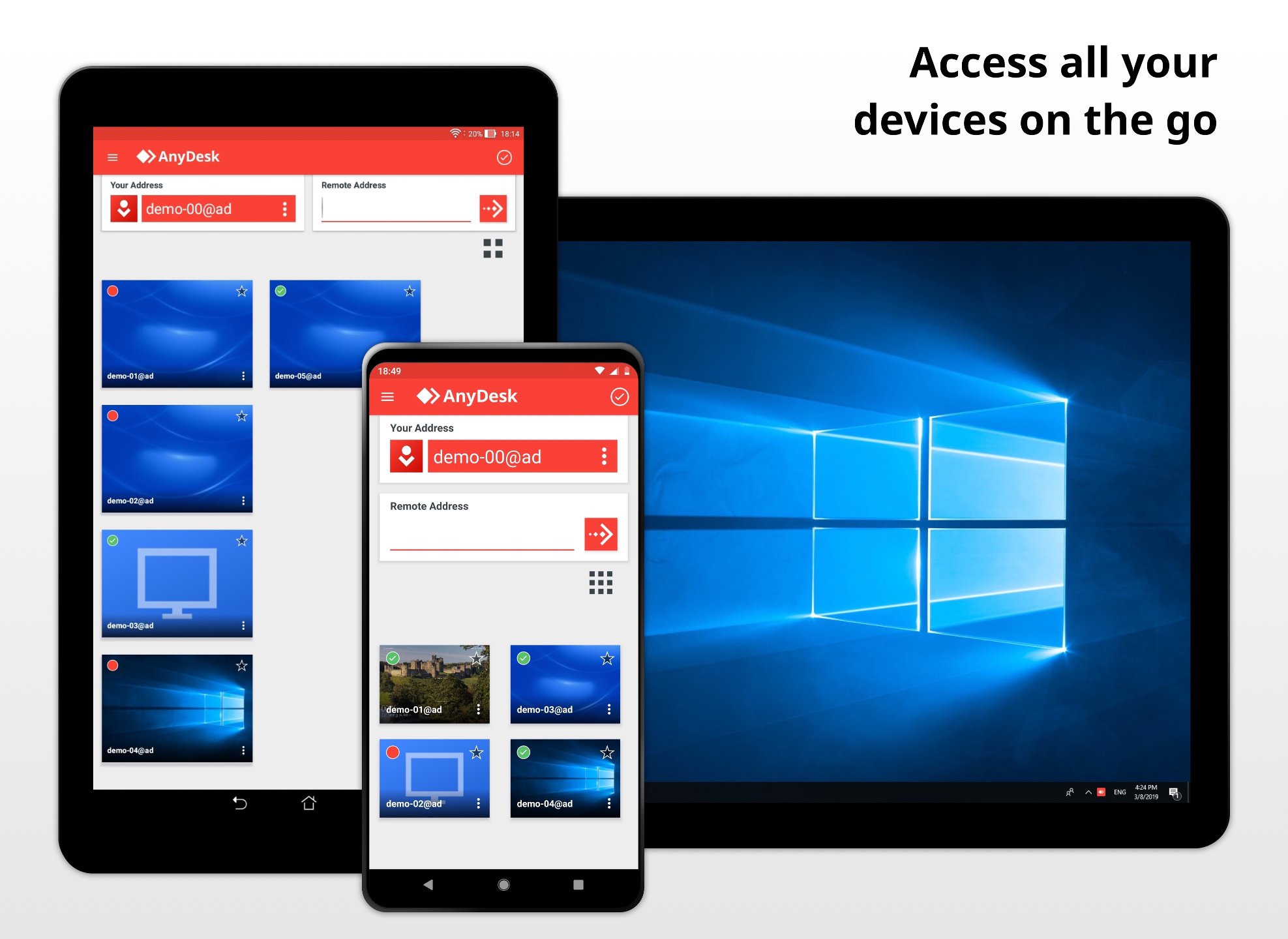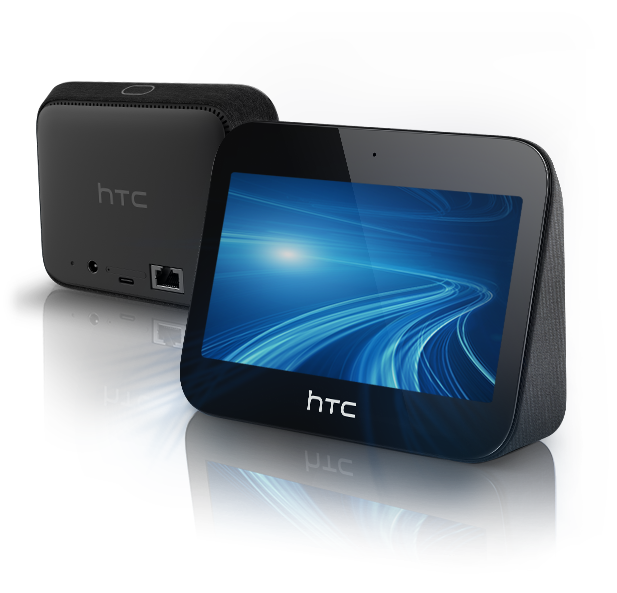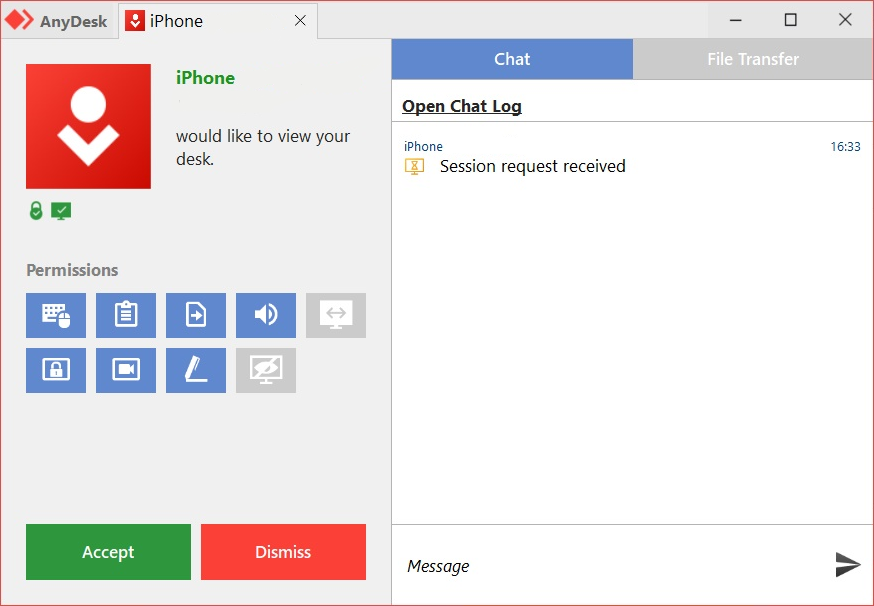Whereveryou are in the world, you can access and remotely control your computer withAnyDesk. And when we say anywhere, we mean it!
Youjust left the office and are looking forward to a quiet evening, which is whyyou left your laptop at work. How to check disk for mac. You’re already on the train when you get amessage from your co-worker who needs your help and asks you to connect totheir computer with AnyDesk. Now??!!
Should you get off the train, go back to the office, and fetch your laptop?
Not if you have a smartphone. Just access your co-worker’s computer from the train.
All you need to do is make sure both devices have downloaded AnyDesk.
Install the AnyDesk App. AnyDesk Web client beta is currently not supported on mobile. AnyDesk is not only compatible with Windows 10, but many other operating systems and their various versions, including iOS, macOS, Linux and Android. What is more, AnyDesk facilitates managing your remote desktop contacts and connections and administrating all settings and configurations in Windows, so you can focus on your projects rather than their administration.
Once you open the app, you’ll see your device already has an AnyDesk ID assigned to it. Below, enter the ID or Alias of your co-worker’s PC. Tap on the red arrow and get started!
Your phone is now waiting for the remote device to accept the connection, which means the usual request window pops up on your co-worker’s PC and they can choose what permissions they want to allow your phone to have.

As soon as they accept, you’re connected.
In the mobile app, all the settings are embedded in a pie menu that opens up when you tap and hold the gray AnyDesk button. To find out the names and uses of each section, just hold whatever section you want to find out more about and the text will hover on your screen.
Obviously, you don’t need a mouse to control the remote device via the Android app. Your phone display is now your touchpad.
In touchpad mode, swiping one finger moves the mouse. A single tap is a left mouse click. So far, so good.
Scrolling down works by swiping with three fingers. A right mouse click can be done by tapping and holding. Tap with three fingers for a middle click. Double tapping and holding the second tap is like holding the left mouse button and moving the mouse. You can do things like drag and drop or select an area with this. By the way, you can actually use drag and drop while simultaneously zooming!
Anydesk Android Plugin
Now, let’s take a closer look at the pie menu.
On top, find thesettings that are usually optimally preset. Some of the things you can changeare whether or not you want your clipboard to be synchronized, how you want theremote screen to be displayed, and whether or not you want to transmit audio.

Go back to the pie menu and choose the next section, selecting the input type. Apart from displaying a keyboard and special buttons, you can change how the mouse moves. The standard setting – and the fastest way to control the mouse – is called touch input. Wherever you tap on the screen, the mouse moves there. If you are used to operating a notebook, you might want to try the other option called touchpad input, where your device behaves like – you guessed it – the touchpad on your laptop. That means simply tapping on the screen doesn’t move your mouse there, you need to move it by swiping. Try it out and find out which option is more intuitive for you.
You can switch between the screens underneath the input types in the pie menu, as well as switch to full-screen mode there as well.
Lastly, there’s the actions menu where you can take a screenshot, upload and download files, request more permissions, and bring up the program manager (ctrl+alt+del). The red button on the bottom closes the session.
You don’t have to close the session if you need your phone for something else at any time during the session. Simply drag the top of the screen to the lower right. Now you can still see your session in a small separate window while answering e-mails.
Please note the session continues when you go back to the home window without pressing the red button! This is so you can change privacy or other settings during the session – which you can find in the top left corner or by swiping from the left of the screen. There’s also a tutorial that guides you through the AnyDesk app. For more information on settings, click here. (https://support.anydesk.com/Android_App#Settings_and_Menu_Tab)
If you’re done helping your co-worker and you’ve closed the connection, you’ll see the remote device you recently connected to is saved in your speed dial. Next time your co-worker needs help, you don’t need to ask them for their ID and alias again. Or, to connect even faster, simply drop your colleague’s icon in the address book to the home screen of your Android device by long-pressing the AnyDesk icon. That way the next time you tap on the icon it directly establishes a connection to your co-worker.
Now you can finally lean back and enjoy the rest of your train ride. Don’t stress about any files you forgot on your office computer because you can access them at any time using AnyDesk.
- 1Pie Menu
- 4Settings
- 6Troubleshooting
| AnyDesk for Android |
|---|
| Required Android: outgoing connections 4.4 or higher, |
| Remote Control: 7 or higher |
| AnyDesk on Google Play |
Warning: As of Android 10 and depending on the smartphone provider, 8 and 9, users will get an Android security prompt regarding casting when connecting to the Android device. For most, this message is unskippable and requires the end user to manually accept the prompt before the connecting user is able to establish the session.
| Setup and ID | The ID is created on the initial startup and remains valid until you remove the application. |
|---|---|
| Auto Discovery | Devices using AnyDesk are automatically displayed. See: Discovery |
| Unattended Access | Unattended access is also available for Android Setup the unattended password in the security settings. |
Pie Menu
During the session, a pie menu indicated by the AnyDesk logo provides the session settings.
Double-tap the button to move it on the screen.Hold on a Pie Menu Item to get the tooltip.
- The Settings Menu consists of:
- Settings
- Select Input Type
- Choose Monitor
- Actions
- Close session
Settings
Settings from the Pie Menu override the settings taken care of from the Main Menu
and are valid for the current session ID.
Choose Remote Monitor
Choose which display to view when remote device has multiple monitors.
Actions Menu
Actions menu indicated by lightening offers functions to be triggered on the remote device:

- Take a screenshot
- Upload file to clipboard on remote device.
- Download file from clipboard of remote device.
- Request elevation (UAC in Windows)
- Send Ctrl + Alt + Del (SAS)
- VPN
- Privacy
Close Session

Tap the session Menu This will close the connection.
Change Input Type
Open Menu and swipe to the Input Tile From top:
- Special keyboard like F1, Windows-Key, Tab, etc.
- open keyboard (Keyboard which you have installed on your Android device)
Items below are the three Input methods
- Mouse mode - (default for Android to Desktop) emulates a mouse.
- Touchpad mode - control your remote device like a touchpad with swipes.
- Touch to Touch mode - (default for Android to Android)
- Translate mouse input to touch input - default settings to enable mouse to touch translation.
- Gestures:
Mouse and Touchpad mode:
- One-finger swipe moves the mouse
- Two-finger swipe zooms the image.
- Three-finger swipe scrolls
- Single tap for left mouse-click
- Hold for right-mouse-click
- Three-finger tap for middle-click
Android Hotkeys
To invoke a command, open the keyboard settings in a session or hold the keys ctrl+alt+shift at the same time and press one of the following keys:
| Key | Function |
|---|---|
| F5/Home/Pos1 | Android Home |
| F6/Backspace | Android Back |
| F7 | Volume Down |
| F8 | Volume Up |
| F9/Escape | Android Power |
| F10 | Android Menu |
| End | Android DPAD Center |
Main Menu and Settings
Open the main menu by swiping from the left on the start-screen
or by tapping the three-stripe button on the top left.
- Address Book - If a licensed custom client is used
- Session Recordings
- Settings
- Tutorial
- Help (support.anydesk.com)
- About AnyDesk
- Quit AnyDesk
Settings
The Settings on Android are based on the Settings of AnyDesk on Windows.
For usability, available options are tailored for Android.
| General | Choose an alias and if it should be displayed instead of the ID. |
|---|---|
| Security | Set interactive access, unattended access, Two-Factor authentication, standard permissions, discovery behavior and Settings protection by device password or biometric authentication. |
| Privacy | Choose username and image. |
| Input | Automatic Keyboard: Choose if keyboard appears when text input field is tapped. Choose Touch Mode: Mouse or Touchpad |
| Display | Choose whether to show remote cursor Quality:
|
| Audio | Choose whether microphone is transmitted. Choose whether audio from remote client will be transmitted. |
| Connection | Connection Settings to setup Proxy and connection behavior.
|
| Recording | Choose to record session at startup
|
Using AnyDesk with managed Profiles (Work Profile)
Steps to make the plugin AD1 ready for AnyDesk connections to a managed profile (Order is important)
- Make sure the plugin is installed in main profile and in managed profile.
- Make sure the plugin is activated in the accessibility settings.
- Open the plugin inside the main profile. Click on the overflow button and configure the plugin.
- If that does not work, try it from the managed profile. You might need to allow cross profile communication in your MDM solution.
- The relevant filter is:
action='com.anydesk.adcontrol.ad1.CONFIGURE' category='android.intent.category.DEFAULT' - Code example:
filter = new IntentFilter(); filter.addAction('com.anydesk.adcontrol.ad1.CONFIGURE'); filter.addCategory(Intent.CATEGORY_DEFAULT); int flags = DevicePolicyManager.FLAG_MANAGED_CAN_ACCESS_PARENT | DevicePolicyManager.FLAG_PARENT_CAN_ACCESS_MANAGED; devicePolicyManager.addCrossProfileIntentFilter(getComponentName(context), filter, flags);
- The relevant filter is:
Mobile Device Management
As of version 6.1.10 the AnyDesk Android app can be integrated with Microsoft Intune.
This is currently only available for the standard AnyDesk client, which can then be customized on the Microsoft Intune Web-UI.
On the Microsoft Intune Web-UI all available options are displayed, including short descriptions of how they work and what they do.
For more specific information on how to do this, click here.
Troubleshooting
Plugin can´t be activated
Due to changes by some vendors on Android, a restart of the Android device may be required for the control plugin to be functional.
Android TV Plugin
Warning: Please note that the usage of this workaround is without warranty from AnyDesk, and can harm and even violate the warranty of your device.
In the event that the vendor for Android/Fire TV device has disabled the Accessibility settings, the control plugin for AnyDesk cannot be activated.
AnyDesk can then be used for Remote View only. A possible workaround is to use the adb shell.
The plugin can be enabled using the following command:adb shell settings put secure enabled_accessibility_services com.anydesk.adcontrol.ad1/com.anydesk.adcontrol.AccService
More information about adb can be found at the official adb documentation.
Screenrecording Dialog (Android 10+)
Anydesk Mobile Apk
Starting with Android 10 and newer, Android forces to accept a Dialog for Screen recording.A workaround to bypass the request is the following adb shell command:
regular version: adb shell appops set com.anydesk.anydeskandroid PROJECT_MEDIA allow
custom client: adb shell appops set com.anydesk.anydeskandroid.custom PROJECT_MEDIA allow
Send Support Information
Send trace files on error or after crash:
Anydesk Ios
- Open the sidebar
- Switch to 'About AnyDesk'
- Choose Send Support Information
